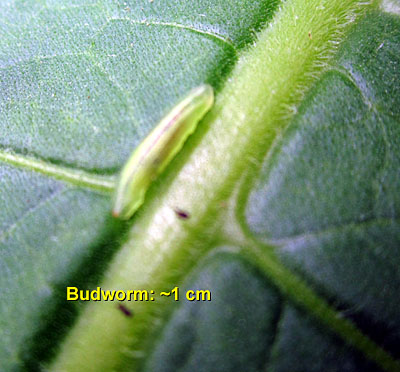I admit, I do have many books on Spinoza, and lot of Dune novels and the works of Hermann Hesse. And of course, a copy of the Whole Earth Catalog.prepared for the apocalypse in other ways.
Bob
I admit, I do have many books on Spinoza, and lot of Dune novels and the works of Hermann Hesse. And of course, a copy of the Whole Earth Catalog.prepared for the apocalypse in other ways.
Maybe having read x-ray film for twenty years has given me exquisite view for fine detail.I'm not certain what I'm looking at. In the lower middle of the second image, the leaf's trichomes are caught directly from above, and I don't see lines. In the other views, I see linear shadows of the trichomes.
Bob
Pretty sure, yes.So you are seeing fine lines in addition to the aligned shadows of the trichomes?

Bob

When it comes toMy 2019 grow is going to be unique because I am moving into a condo for probably just this season. Now, where the struggle is usually in weeding a list of twenty(ish) varieties I want to grow down to eight(ish), this year it is down to one or two(ish).
One(ish) is already spoken for. I have 25 seeds of a cross between Isleta Pueblo (N. rustica), and Samporis (N. tabacum). I might get no germination. Who knows. The sooner I try, the better.
If I only get a few to germinate, I can just grow them on my balcony. If a greater number germinate, I will be growing at a friend's place 40 minutes away. And since I'll have space, I might as well throw in 30 of something(s).
So I was thinking this year I would do some exploration of older Canadian varieties. If anyone here has experience with any of these, please speak up.
https://www.lasocietedesplantes.com/produits/tabac-grand-rouge-fort/
View attachment 26683
Grand Rouge Fort is a Canadian tobacco that is listed on few seed websites as well as on GRIN-CA. One source states that it is commonly blended with Obourg, a lighter Belgian tobacco. The name most likely means Big Strong Red. I'm just going to hazard a guess that it is a tobacco, and hope that it is a bright variety.
It does concern me that although it appears to be a fully legitimate seed supplier, this website doesn't offer photos of plants with bags on them. I will ask.
https://www.lasocietedesplantes.com/produits/tabac-parfum-ditalie/
View attachment 26684
Parfum d'Italie is also a tobacco. Of that, I am certain. It is also listed on GRIN-CA. It looks to me like a flue-cured tobacco variety, but who knows.
And then there's L'Assomption 201, a commercial dual purpose, pipe/cigar filler.
https://npgsweb.ars-grin.gov/gringlobal/accessiondetail.aspx?id=1325514



I managed to gather seed from this one plant twice. I topped it last week and reduced it from 20 something leaves to 14. I expect with the increase in sunlight that the leaves will start to grow and get thicker.
I got an ounce and a half off of it from the summer grow, (after removing midribs). I rolled a really moist andullo/carrotte on the weekend and opened it and rerolled it today. The fact that the label doesn't match up is evidence that this time around, it got tighter.
View attachment 29711
View attachment 29709
View attachment 29710
Very interesting, reminds me of an article I saw a while back on some Indonesian tobaccos. One type, if I recall correctly, was made by wrapping the raw leaf very tightly with rope, and allowing it to age for 5 or so years. The resulting tobacco looked jet black hockey puck. The author of the article speculated that the many native tropical microorganisms were contributing to the process.My confidence with the lack of mold in these is increasing. I have pushed the moisture level higher on this one, and I'm also curious if it will have a Perique like effect.
We discuss any variety of tobacco, as well as numerous approaches to growing, harvesting, curing, and finishing your crop. Our members will attempt to provide experience-based answers to your questions.

